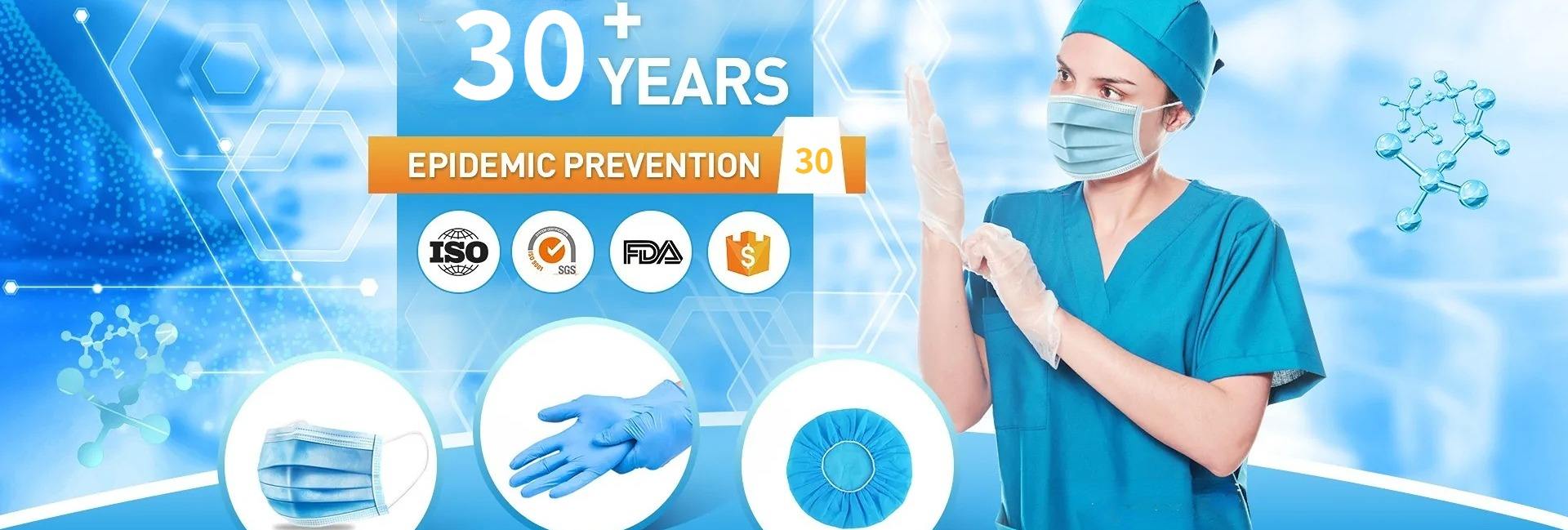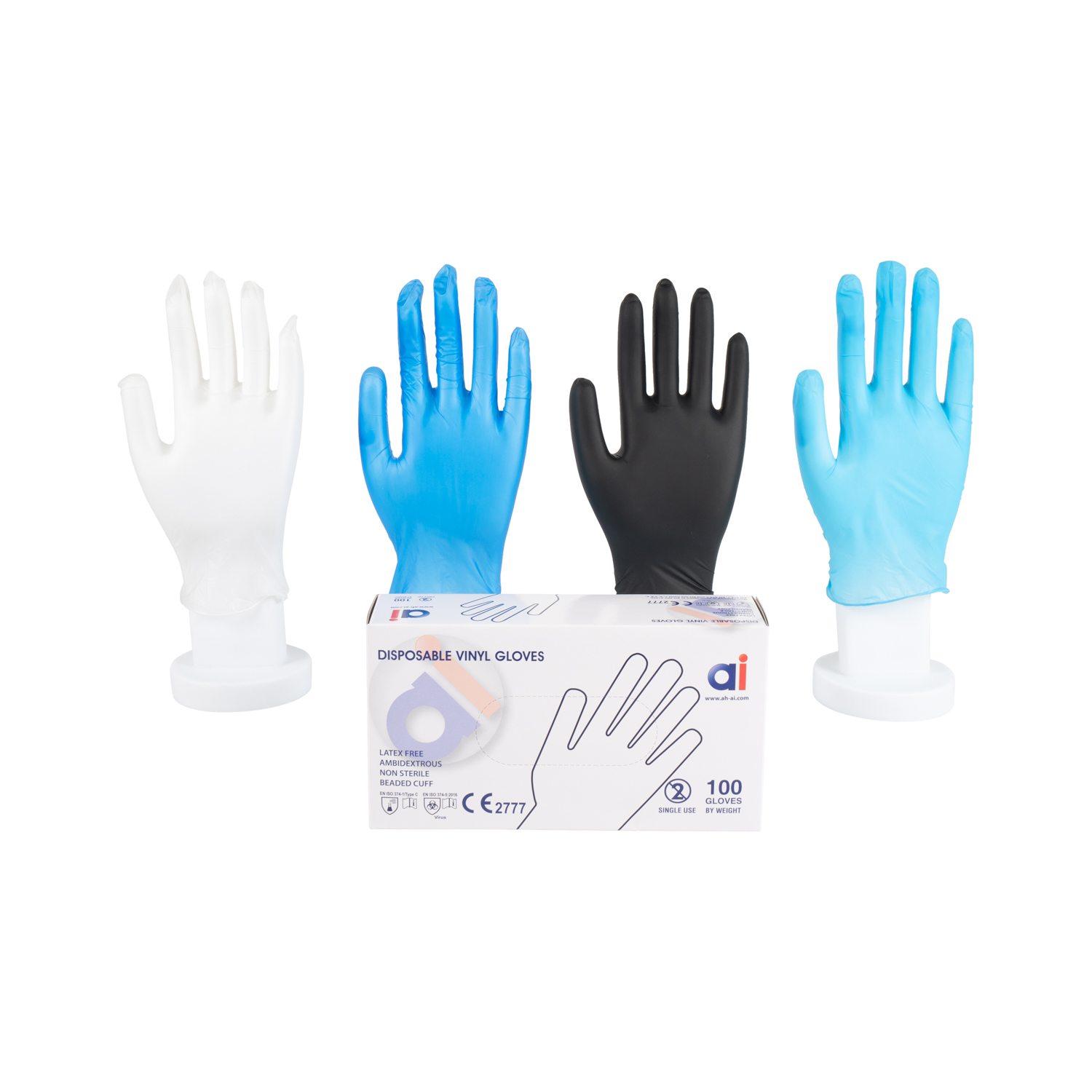That title might make you pause. Gloves? Like the ones you wear for washing dishes or during a medical exam? Can they really stop sexually transmitted diseases (STDs)? Let’s cut straight to the point:
No, wearing typical gloves (like latex, nitrile, or vinyl exam gloves) during sexual activity does not prevent the transmission of STDs.
It’s a misunderstanding that sometimes arises, perhaps from seeing healthcare workers wear gloves during examinations or procedures. Let’s clarify why gloves aren’t the solution for sexual STD prevention and what actually does work.
Why Gloves DON’T Prevent Sexual Transmission of STDs:
- Designed for Different Contact: Medical gloves are designed as a barrier against pathogens (like bacteria and viruses) primarily during clinical procedures involving blood, bodily fluids (not necessarily semen or vaginal fluids in the context of sex), or non-intact skin. They are not designed for, nor tested for efficacy in preventing transmission during intimate sexual contact (vaginal, anal, oral sex).
- Coverage is Wrong: Gloves cover the hands, not the genital areas where STD transmission primarily occurs during sex. STDs like HIV, chlamydia, gonorrhea, syphilis, herpes, and HPV are spread through:
- Direct skin-to-skin contact with infected areas (often the genitals, anus, mouth, throat).
Contact with infected bodily fluids (semen, vaginal fluids, blood, sometimes saliva) entering mucous membranes (vagina, penis, anus, mouth, eyes).
Gloves on your hands simply don’t shield these critical areas.
Risk of Breakage: While generally protective in medical settings, gloves can tear or develop micro-tears, especially during activities they aren’t designed for, like sexual friction. A torn glove offers zero barrier protection.
Lack of Sensation & Practicality: Let’s be realistic – wearing gloves during most forms of sexual activity is impractical and significantly reduces sensation, making it an unlikely and undesirable prevention method for most people.
So, What DO Gloves Actually Protect Against (in a Sexual Health Context)?
Gloves are essential for healthcare providers during:
STD Testing: When collecting swabs (vaginal, cervical, urethral, throat, rectal) or blood samples.
Pelvic Exams: To prevent the transfer of microorganisms between the provider and patient.
Handling Contaminated Materials: Like used swabs, bandages, or linens.
Performing Procedures: Such as inserting IUDs or treating genital warts.
In these scenarios, gloves protect the healthcare worker from exposure to potentially infected bodily fluids and protect the patient from any pathogens on the worker’s hands. This is crucial infection control, but it’s fundamentally different from preventing transmission between sexual partners.
What ACTUALLY Works to Prevent STDs?
The reliable methods for preventing sexually transmitted infections are well-established:
- Condoms (External and Internal):
- Latex or Polyurethane Condoms (External): Highly effective at preventing STDs spread through bodily fluids (HIV, chlamydia, gonorrhea, trichomoniasis) and reducing the risk of those spread by skin-to-skin contact (herpes, HPV, syphilis) when used correctly and consistently. They cover the penis.
- Internal Condoms (FC2): Worn inside the vagina or anus, made of nitrile. Also highly effective against fluid-borne STDs and offer some protection against skin-to-skin STDs when used correctly.
- Dental Dams: Thin latex or polyurethane sheets placed over the vulva or anus during oral sex to create a barrier.
- Regular STD Testing and Knowing Your Status: Getting tested regularly (based on your sexual activity) and ensuring partners are tested allows for early detection and treatment, preventing further spread. Honest communication with partners is key.
- Mutual Monogamy: Being in a long-term, mutually monogamous relationship where both partners have tested negative for STDs significantly reduces risk.
- Vaccinations: Vaccines are available to prevent Hepatitis B and HPV (Human Papillomavirus), two common and serious STDs. Get vaccinated!
- PrEP (Pre-Exposure Prophylaxis): A daily prescription pill (e.g., Truvada, Descovy) that is highly effective at preventing HIV infection for people at substantial risk.
- PEP (Post-Exposure Prophylaxis): Emergency medication taken within 72 hours after a potential HIV exposure to prevent infection.
The Bottom Line:
Don’t reach for the box of latex gloves thinking it’s a shortcut to safer sex. Gloves are vital tools for healthcare professionals during examinations and procedures, but they do not prevent the transmission of STDs during sexual activity.
Protect yourself and your partners by using proven methods: condoms (external or internal), dental dams, regular testing, open communication, vaccinations (HPV, Hep B), and when appropriate, PrEP. Talk to your doctor or a sexual health clinic about the best prevention strategies for your individual situation. Your sexual health is important – use the right tools to protect it!




